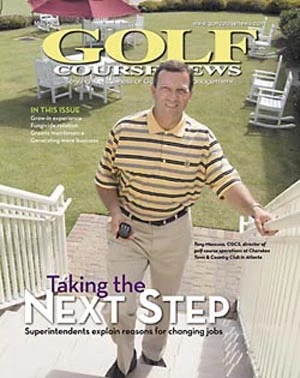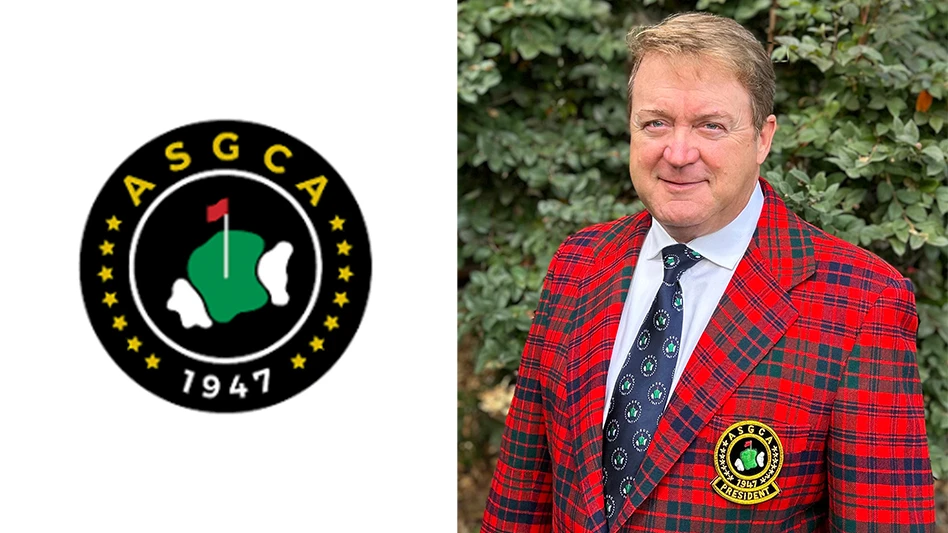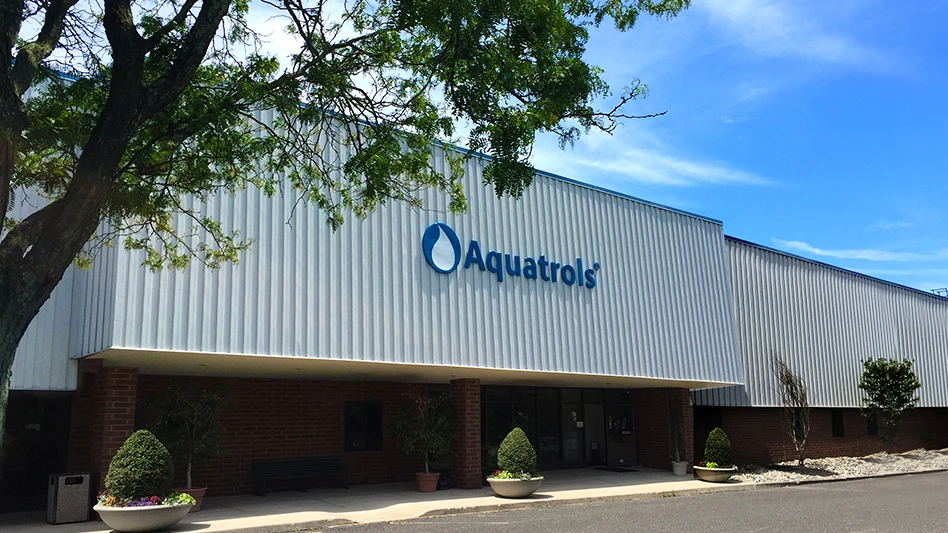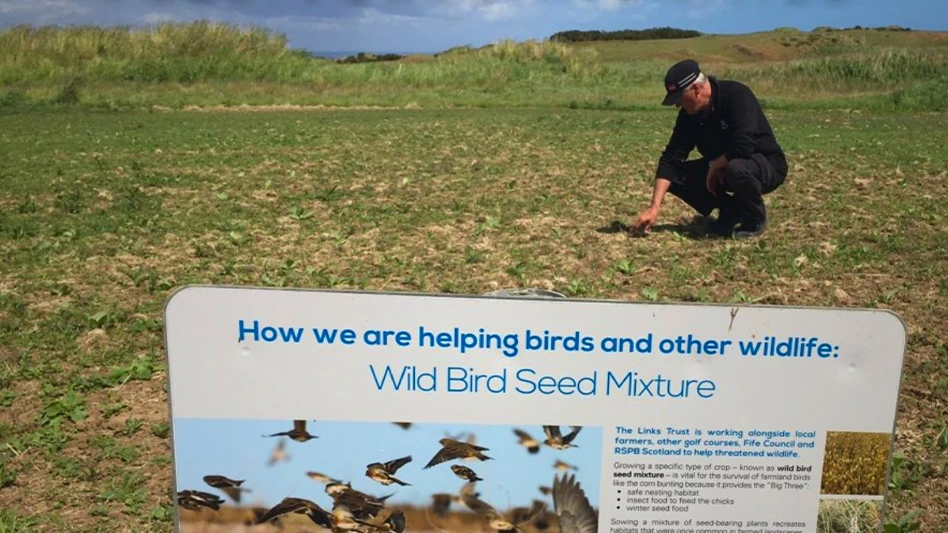"I could build a better course than this one.”
How many people have thought and maybe even said that? Probably hundreds. But how many have actually done it? That’s how Joe Salemi separated himself from the golfing crowd. Not only did he think it, he’s actually made it happen in Streetsboro, Ohio. His Boulder Creek Golf Club opened in 2002 and was ranked eighth on Golf Digest magazine’s list of top new courses in 2003 – the highest ranking a course designed and built by an amateur has ever achieved.
|
|
“I wouldn’t recommend creating a golf course the way we did,” he adds. “We defied all common sense, broke the rules and bucked the odds all the way. But I wouldn’t change a thing, and the response has been beyond belief.”
By the book
When Salemi says he built a course by the book, he means it literally. He did his homework and brought the experience and wisdom of design greats into the mix.
“I read everything I could by the past greats and the current greats,” he says. “Dr. Alistair MacKenzie, who designed and built Augusta National, and A.W. Tillinghast had the greatest influence on Salemi when designing Boulder Creek.
“Tillinghast designed legendary courses such as Winged Foot, Baltusrol and Bethpage Black, and his book was really important to me,” he adds. “But I took bits and pieces from all the best, Nicklaus, Fazio, Ross, Dye …”
|
|
It starts with the land
It’s a monumental challenge to build a golf course from scratch by oneself, Salemi says.
“Finding the right piece of land can’t be emphasized enough,” he says. “Early on, I recognized that an average golf course on a great piece of land would be more marketable than a great course on average property.”
By the time he was ready to put his dream into motion, Salemi was a successful real-estate developer, and through his connections in real estate, received a lead on the land that would become Boulder Creek.
|
|
The farm was for sale because deposits of sand and gravel that were to become a profit center didn’t measure up to the previous owner’s standards. This was a lucky break for Salemi because it put the land on the market and because the sand, while not up to road-building standards, was up to the standards required to build top-quality greens.
“We were able to put in our own screening plant, and all the greens were built with sand right from the property,” he says.
By 1998, Salemi was ready to get to work. It was then that MacKenzie’s book, “Routing a Golf Course,” came into play.
“Routing a course is like cutting a diamond – you only have one chance to do it perfectly,” Salemi says. “You can’t replace mature trees. Without that book, I would have made many more mistakes.”
|
|
“One of the best investments I made was to hire an aerial mapping service to provide exceptionally accurate aerial photos and maps of the whole property,” he says. “Working with the photos and maps, it became a chess game to work out all the moves we needed to make.”
Luxury of time
It took Salemi and his hand-picked staff about four years to complete the project once they started work in earnest.
“A professional probably would have finished much sooner, but we had the luxury of taking our time,” he says. “We made changes gradually because we wanted to preserve as much of the natural beauty of the property as we could.”
To do that, Salemi brought in a handful of people to begin clearing the land. Each hole was first cleared down its center line, then the route was evaluated before taking more action. Each hole was cleared in a three-step process. For about nine months, Salemi and three helpers were the only ones pulling stumps and clearing trees.
|
|
Salemi grew up in the Cleveland area working for his family’s excavating business, so he was comfortable moving dirt. When it came time to begin that process, he bought his own equipment and brought in specialists to run it. Again, luck was on his side. A former golf course superintendent, who had moved into the building side of the business and became an accomplished shaper, was home from an assignment in the Middle East and heard about the new course. He stopped in to see if Salemi could use a shaper, however, Matt Loos didn’t know what he was getting into when he signed on in 1999. Loos brought his brother, Chris, into the project a year later. Chris Loos, who like his brother is a graduate of Penn State University, had been a superintendent on courses from Wisconsin to Florida, where he learned what it took to build a golf course. Chris Loos is now the superintendent at Boulder Creek.
Nothing typical
When Chris Loos started working on Boulder Creek there was a skid steer loader, a wheelbarrow, a shovel and not much else.
“There wasn’t anything typical about this job,” he says. “We did all the work ourselves, and it took us more than two years working almost 365 days a year.
“I have a better appreciation for what it takes to build a course now, and more than ever, I appreciate the benefit of having the superintendent involved as early in the process as possible,” he adds.
Loos was involved in all the critical phases, but none more important than building the greens.
“The greens are the make-or-break area of the course,” he says. “We intentionally made them bigger than usual, averaging 7,000 square feet. We knew, as a public course, they’d get a lot of traffic so we wanted to give ourselves ample room for pin placements.”
The greens are G2 bentgrass developed at Penn State from samples taken at Augusta National in the 1980s – the same turf on The Masters’ course today.
“We’re really pleased with the greens,” Loos says. “We’ve had more play than we expected, and they have held up very well to the traffic. They’ve been resistant to disease problems, and the G2 is doing well at keeping the Poa out, too.”
The fairways, a PennTrio bentgrass mix – Penncross, Penneagle and Pennlinks – also have held up well to the whims of golfers and the Ohio weather.
A stroke of luck
While the Loos brothers and Salemi did their work like craftsmen, they had their lucky streaks.
|
At a glance |
|
Location: Streetsboro, Ohio |
However, not everything went that smoothly. During one of the lake projects, the crew hit quicksand, and in a matter of minutes, almost lost two sizeable machines before a third was able to tow them to safety.
“There were times, especially when working on the permits, dealing with regulatory agencies and the weather, that we were sure Murphy’s Law was working at peak efficiency,” Salemi says.
“Professionals would probably say we did a lot of things the wrong way, but now that it’s over, I wouldn’t change a thing,” Salemi adds. “I wanted to really build a golf course. I financed the whole project with signature loans – although it helped that I owned the property – and we were careful in how we spent the money. We never cut any corners on anything that would impact the golf. This is a player’s course, and anything that makes the game better is the highest priority.” GCN
A.D. “Butch” Horn is a free lance writer from McFarland, Wis. He can be reached at adhorn@charter.net.

Explore the May 2005 Issue
Check out more from this issue and find your next story to read.
Latest from Golf Course Industry
- The Aquatrols Company adds former superintendent to its R&D team
- Heritage Golf Group expands into Tennessee
- Making the grade — at or near grade
- PBI-Gordon receives local business honor
- Florida's Windsor takes environmental step
- GCSAA names Grassroots Ambassador Leadership Award winners
- Turf & Soil Diagnostics promotes Duane Otto to president
- Reel Turf Techs: Ben Herberger










